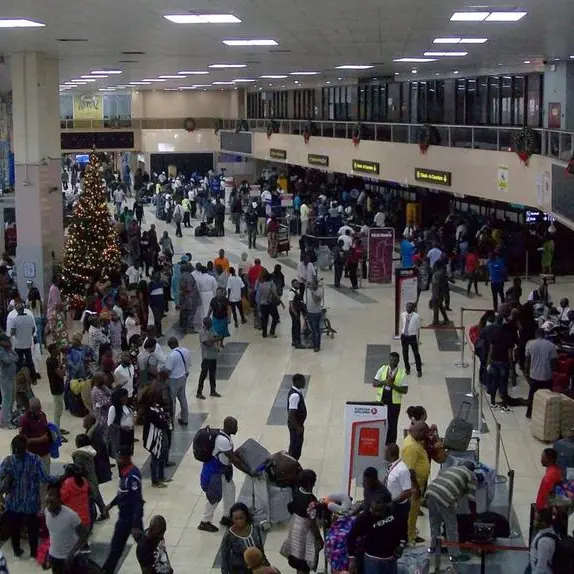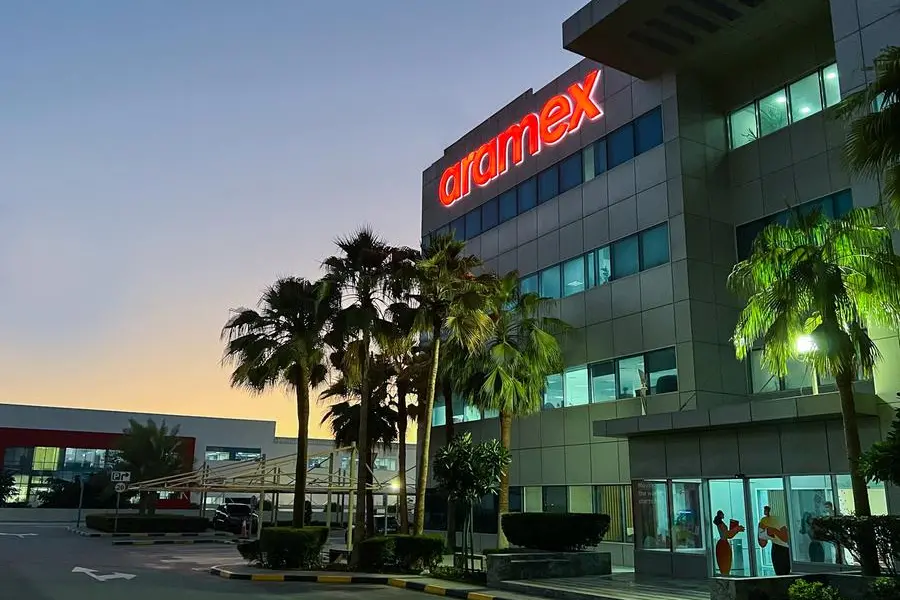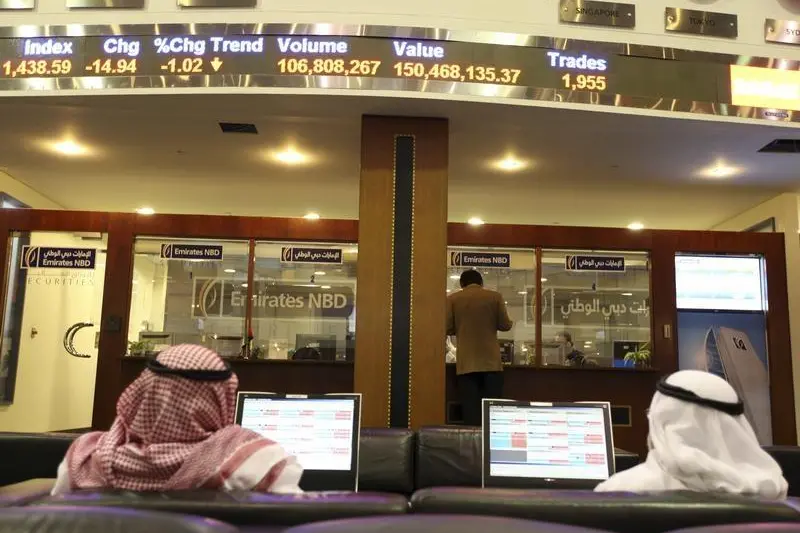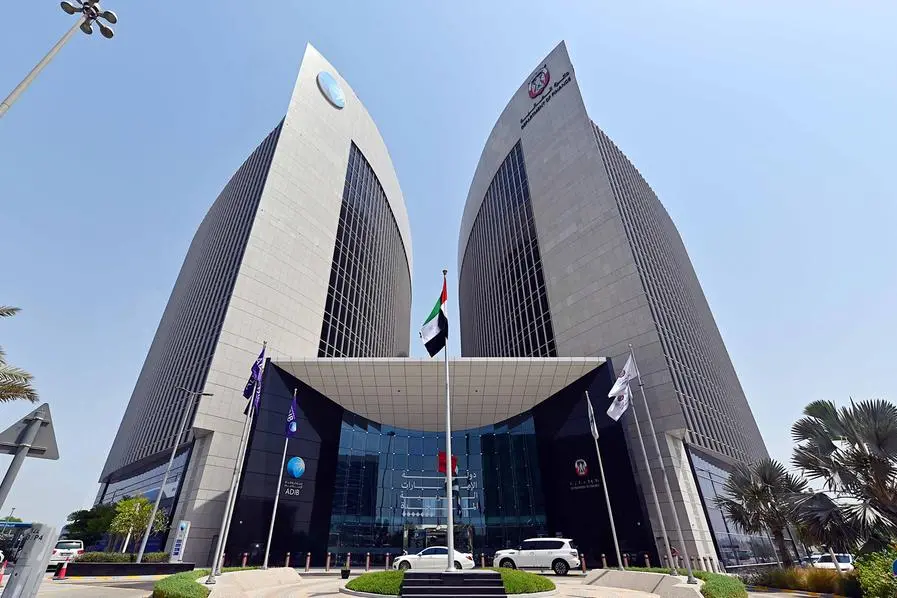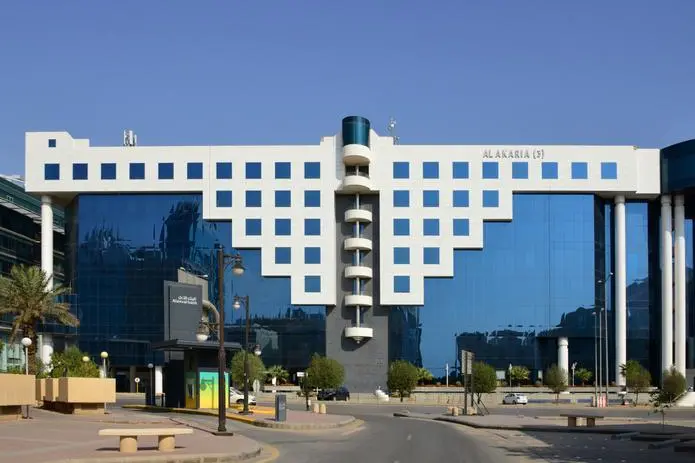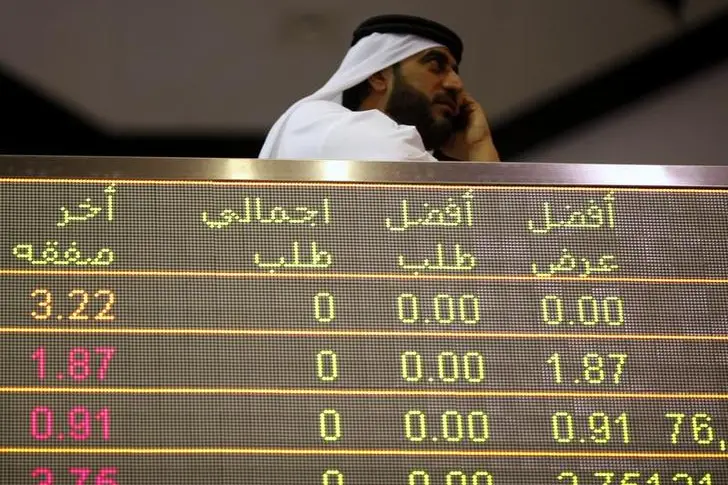PHOTO
Image used for illustrative purpose.9 Payment terminal held by waiter for credit card payment.
Ali Hamid al Jabri (pictured), Manager – Payment Systems, said that ATM usage, which accounted for 58 per cent of total transactions in the country in 2017, shrank to 38 per cent in 2019.
On the other hand, Point of Sale (PoS) based transactions, which typically involve the use of devices and terminals to effect payment via credit or debit cards, soared to 58 per cent in 2019, up from 42 per cent two years earlier.
The uptake of PoS and other digital payment modes, which has already skyrocketed during the pandemic, is projected to double by 2022 as recent mandates by the Omani government in support of cashless payment channels begin to kick in, he said.
The official made the observations during a presentation on the CBO’s ongoing efforts to broaden and upgrade the country’s national payment systems infrastructure. The presentation came during the New Age Banking Summit 2021, organised by UMS Events at the Al Bustan Palace – A Ritz Carlton Hotel, on Wednesday.
Attesting to the growing popularity of digital payment channels in the Sultanate, more than 13,000 private sector entities have deployed a total of around 39,000 PoS devices across the country as of May 2021, according to the official.
In the government sector, as many as 100 ministries and public entities have deployed 6,000 PoS systems to support digital payments based on PoS, QR Code and ecommerce modes, he said.
“We believe that with the government’s mandate to the private sector to utilise digital payments for their transactions, the (uptake) of PoS and other modes should double by 2022, and we are working to this end as well,” Al Jabri stated.
Significantly, ecommerce – accounting for an 8 per cent share of total transactions in 2019 – almost doubled by Q1 2021, aided in part by the pandemic, the official said. Mobile payments, on the other hand, while having strongly picked up since 2019, have not achieved the desired response, Al Jabri said, attributing this limited uptake to poor customer awareness.
But boding well for the robust growth of digital-based transactions, over cash and ATM-based alternatives, are mandates issued by the Omani government to the public and private sectors to digitise their payment modes.
Salary processing, once done entirely manually at considerable risk and concern to the financial system, is now conducted almost entirely digitally, said Al Jabri.
“In the first quarter of 2021, almost all government and private sector organisations began processing salaries digitally through the digital channels provided by the banks,” he noted, crediting this success to the joint efforts of the Central Bank, Ministry of Finance and Ministry of Labour.
In July, following a mandate issued by the Ministry of Commerce, Industry and Investment Promotion (MoCIIP), microbusinesses operating in 12 different economic sectors are obligated to transact their business digitally, he said.
“The Central Bank has established a framework for the banks to import this segment of microbusinesses, even those working from home based on authorised by the competent entity such as the MoCIIP, to provide digital payments for them. Currently we are assessing what are the issues, concerns and challenges being faced by small businesses, and we will discuss and involve the banks as well to overcome these issues to help achieve the objectives of a cashless society in the country,” Al Jabri added.
2021 © All right reserved for Oman Establishment for Press, Publication and Advertising (OEPPA) Provided by SyndiGate Media Inc. (Syndigate.info).








